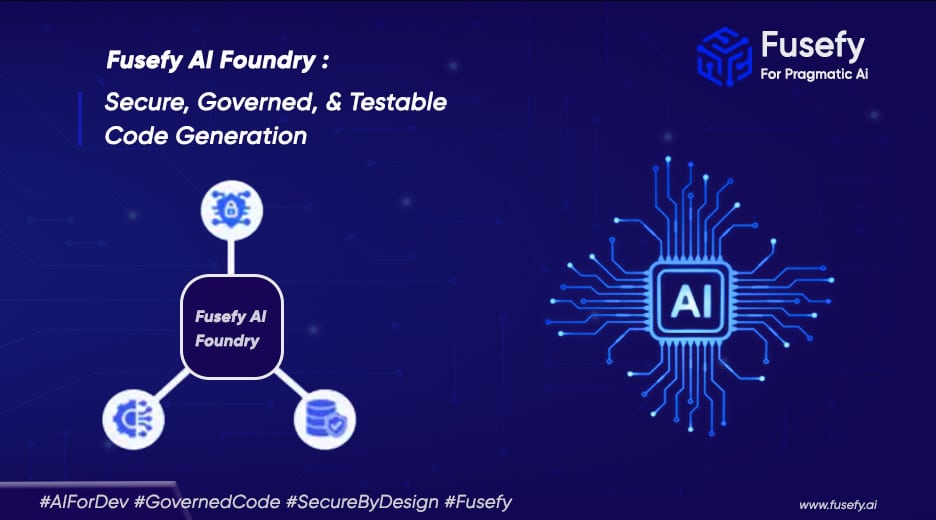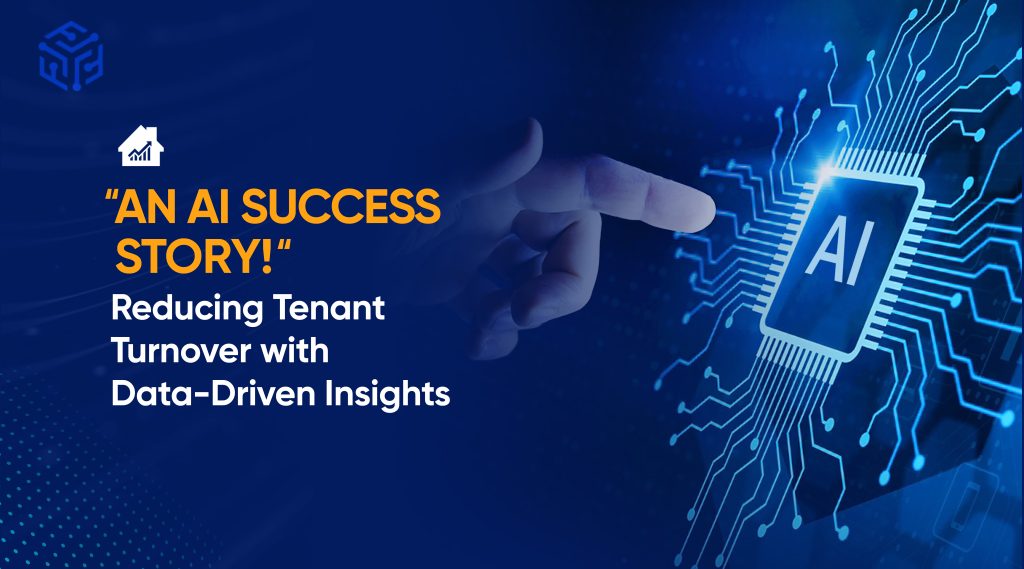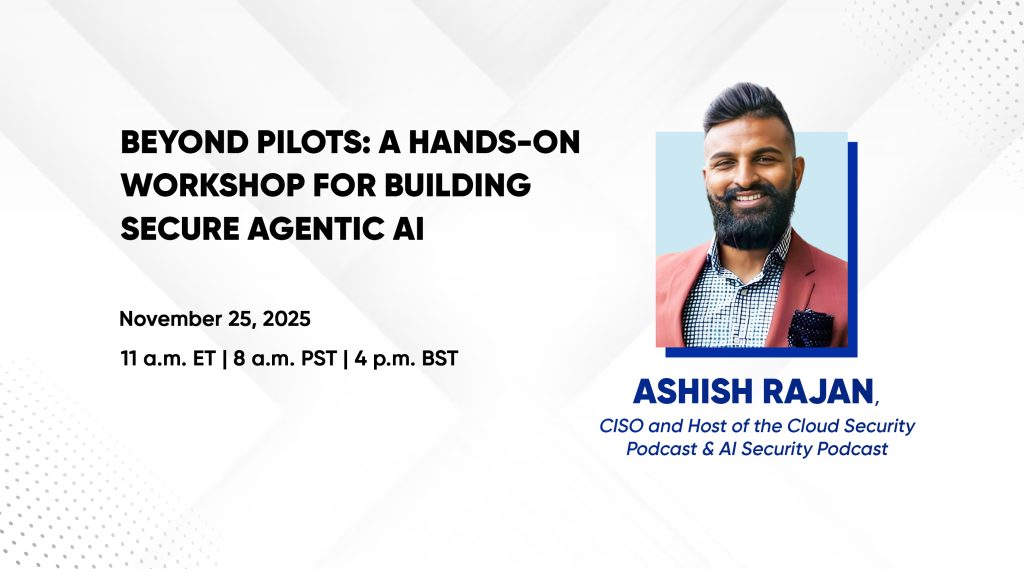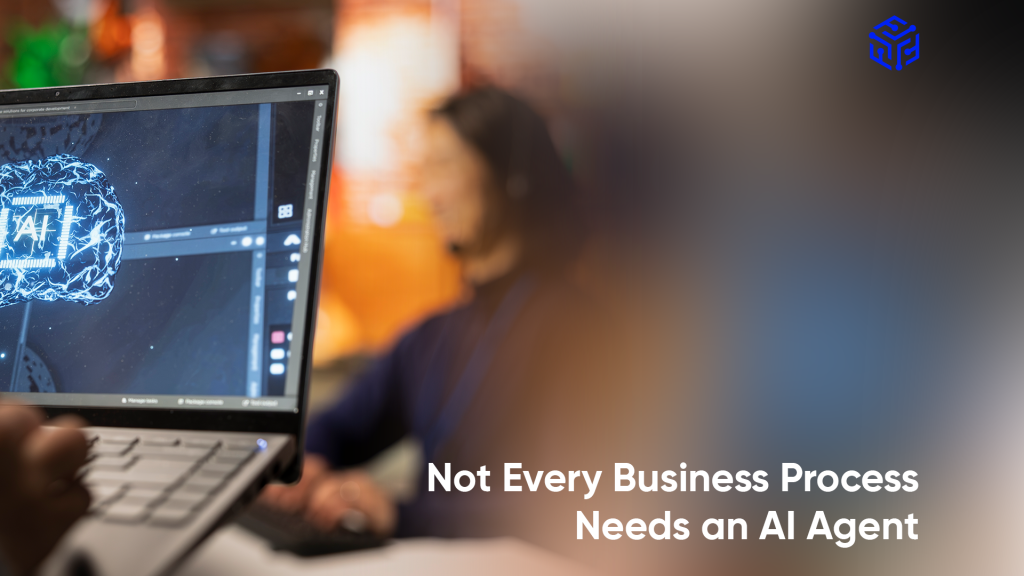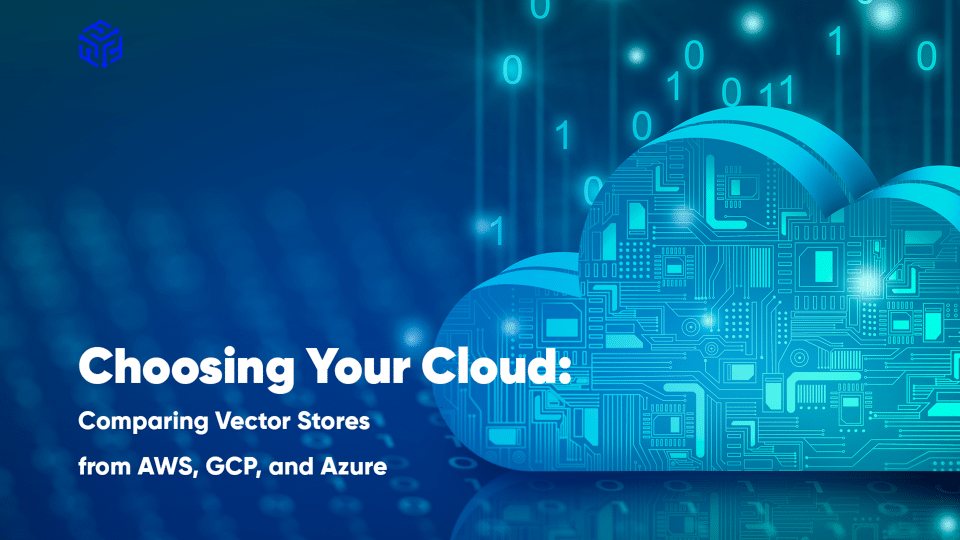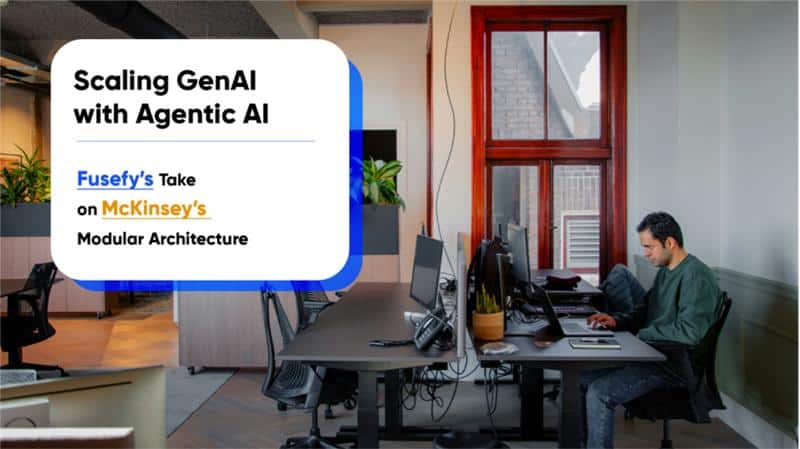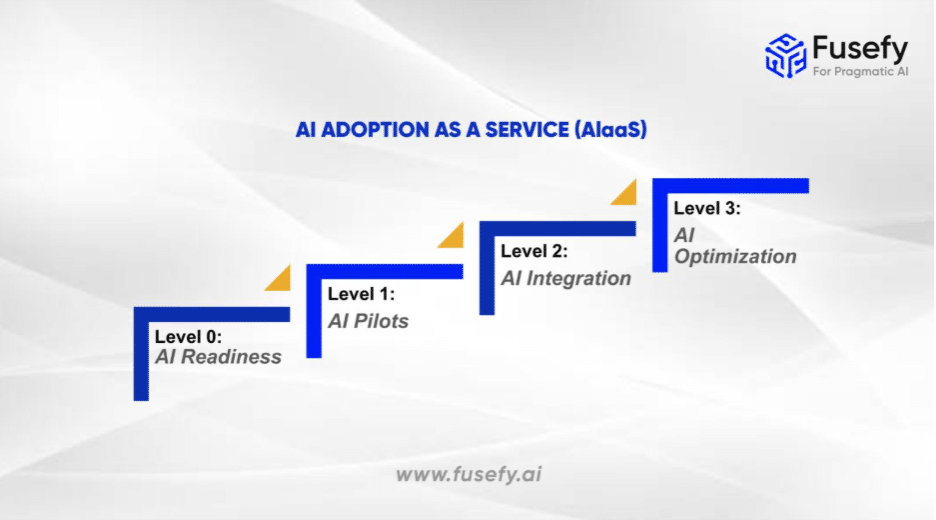The Promise of Modern Codegen Agents
What You Get Out of the Box
-
- Automated Code Suggestions: Instantly generate boilerplate, refactor, and receive contextually aware code snippets.
- Agentic Capabilities: Agents such as Devin and Cursor can plan, execute, and self-correct thus acting as an AI-powered coding intern.
- IDE Integration: Deep, real-time support for editors like VS Code and Cursor, adapting seamlessly to your workflow.
- Broad Stack Support: Multiple languages and frameworks are covered, reducing manual overhead.
Context Awareness: How Far Do These Agents Go?
| Tool | Context Strengths | Limitations |
|---|---|---|
| Copilot Agent | Infers intent from brief prompts; GitHub repo integration | Can lose context in large/complex projects; limited cross-file awareness |
| Cursor | Maintains full repo/tab context; adapts to structure | May become verbose; context misses if files are not open |
| Devin | Excellent for well-defined, smaller tasks; iterative | Needs explicit directions for multifile work; may lose track in complexity |
Bottom line: Context awareness is good—but clear prompts and ongoing human oversight are crucial, especially for large, interconnected codebases.
Security Controls: Are You Fully Covered?
Built-In Security Features
-
- Vulnerability Detection: Tools like Copilot flag insecure patterns and offer real-time best practice suggestions.
- Policy Management: Block suggestions from public code, helping to reduce risk of copyright or security issues.
- Security Integrations: Combine with GitHub Advanced Security for automated scanning, dependency checks, and secret management.
Remaining Gaps
-
- Manual Review Required: Human audits remain vital to catch subtle or context-specific security flaws.
- Data Leakage Risks: Misconfiguration or unclear policy can expose sensitive code/IP.
- Bias and Privacy: AI models may introduce bias or privacy issues if governance is weak.
Governance and Compliance: Managing at Scale
-
- Centralized Controls: Admins can manage features, restrict model access, and oversee license use at scale.
- License and Reference Tracking: For example, Copilot flags license info for suggestions drawn from public repositories.
- Audit Trails: Some platforms provide detailed logs for generated code and actions, supporting compliance.
Code Coverage: Boosted but Not Guaranteed
-
- Test Generation: Agents can propose unit/integration tests, quickly boosting coverage.
- Coverage Awareness: Agents don’t inherently track or enforce thresholds—this remains a CI/CD responsibility.
- Continuous Feedback: When integrated with coverage tools, real-time identification of missing or untested paths is possible.
Best Practices for Secure, Governed, Reliable Codegen
-
- Always review AI-generated code—treat as drafts, not final solutions.
- Integrate with CI/CD: Automate scanning, coverage checks, and policy enforcement.
- Define Clear Policies: Establish agent permissions and expectations, especially in regulated settings.
- Educate Your Team: Developers must understand capabilities and limitations of these tools.
- Monitor and Audit: Regularly assess agent activity and resulting code for compliance and quality.
Challenges That Still Demand Attention
Business context, logic alignment, and acceptance criteria are frequent sticking points with AI-generated code:
-
- Ambiguous Requirements: Natural language prompts often miss business nuance, leading to misaligned code.
- Context Loss: AI agents may lose track of complex business rules in large projects.
- Traceability Issues: Poor documentation can make generated code hard to audit or maintain.
- Acceptance Criteria Gap: Without clear, testable acceptance criteria—often tracked in platforms like Jira—delivered code may not meet business needs.
Jira to the Rescue
| Challenge | How Jira Helps |
|---|---|
| Ambiguous requirements | Custom fields for detailed acceptance criteria |
| Lack of traceability | Linking issues, stories, and code changes |
| Missed acceptance checks | Checklists, workflow validation |
Other Technical Pitfalls
-
- Hallucinated Code: Plausible-sounding but incorrect code may arise from vague prompts or insufficient context.
- Outdated Libraries: Generated code can pull in deprecated dependencies; risks include security flaws and compliance issues.
- Stale Documentation: AI trained on old data can perpetuate outdated patterns or APIs.
Vigilance, manual review, and up-to-date workflows are essential here.
Fusefy’s AI Foundry: The Context and Governance Game-Changer
Why Fusefy Stands Out
While most codegen tools focus on productivity, Fusefy’s AI Foundry is engineered to close the critical gaps in context, governance, and traceability—empowering teams to build truly enterprise-ready apps. Anchored in the FUSE (Feasible, Usable, Secure, Explainable) Trustworthy AI Methodology:
-
- Intelligent agent orchestration: Deep integration with GitHub, Jira, VS Code, and CI/CD keeps business context and acceptance criteria synced with codegen.
- Automated governance, compliance, and security: Embedded checks run throughout the build process.
- Continuous auditing and risk management: Automated tracking of dependencies, continuous documentation updates, and more.
- Low-code frameworks: Accelerate delivery while ensuring feasibility, usability, security, and explainability.
- Comprehensive AI adoption services: From ideation and discovery to full-scale deployment and audit.
Fusefy’s AI Foundry empowers organizations to scale agentic AI across the enterprise—bridging the gap between innovation and the need for rigorous standards.
The New Era: Context at the Center
AI code generation is only as powerful as its grasp of your business and its ability to govern what it builds. Fusefy’s AI Foundry marks a future where context, compliance, and agility go hand in hand—making enterprise-grade, trustworthy AI application development not just possible, but practical.
Ready to build apps that are accurate, secure, governed, and truly business-ready? Fusefy’s AI Foundry is leading the way.
AUTHOR
Sindhiya Selvaraj
With over a decade of experience, Sindhiya Selvaraj is the Chief Architect at Fusefy, leading the design of secure, scalable AI systems grounded in governance, ethics, and regulatory compliance.
